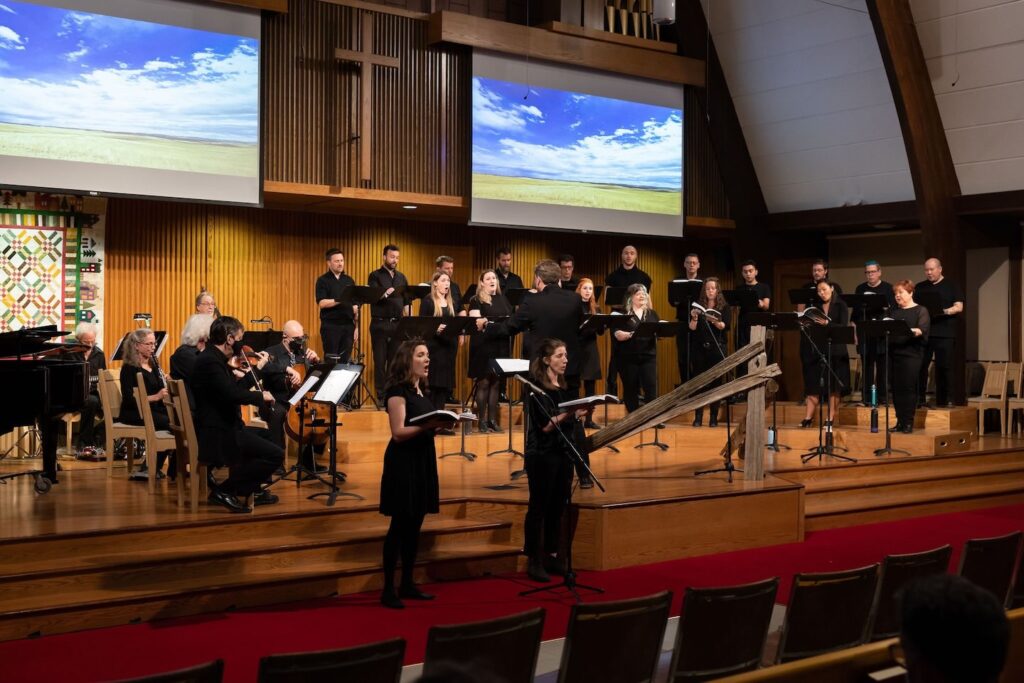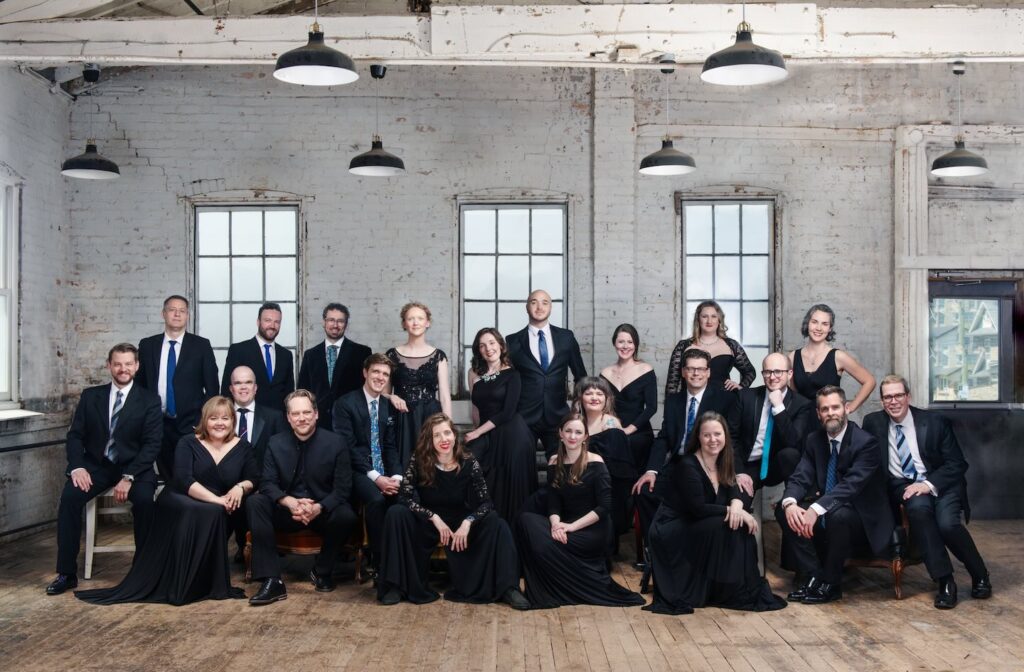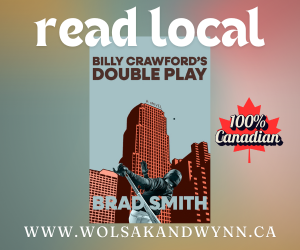Considering Matthew Shepard explores shocking murder, but finds peace and hope, too

Oratorio being performed by HPO and the Elora Singers on Nov. 26 brings together elements of musical theatre but also includes elements of jazz and blues, gospel, country and opera.
A terrible thing happened in Wyoming in October 1998. A university student left a bar with a couple of young men and was brutally beaten and strung up on a fence, left to die. He was found 18 hours later, at first mistaken for a scarecrow, and died in hospital six days later. His name was Matthew Shepard and he was 21 years old. He was most likely hunted and murdered because he was gay, though some have also pointed to robbery and drugs. The perpetrators were found guilty and sentenced to consecutive life sentences.
His story gained attention around the world but particularly in the U.S. where crimes related to sexual orientation were not considered hate crimes. After years of attempts, this particular hate crime classification was finally passed by the United States Congress in 2009 as the Matthew Shepard Act.

Matthew Shepard’s story has inspired films, TV shows, books, stage and musical works. In 2016, American choral composer and conductor Craig Hella Johnson used his Conspirare choir of Austin, Texas to premiere his work Considering Matthew Shepard. The musical language belongs to the musical theatre world but also includes elements of jazz and blues, gospel, country and opera.
Johnson classifies the work as an oratorio, a concert work for vocal soloists, choir and instruments usually with a sacred text. (Handel’s Messiah is the most famous oratorio and will be performed with the HPO and Bach Elgar Choir from Dec. 5-7.)
The composer worked with poet Michael Dennis Browne to create the libretto. The two brought Matthew Shepard’s story to life with surprising perspectives. One of the most striking features is four different moments in time from the perspective of the fence that Shepard was tied to: before, that night, one week later, and after. Even a deer lying beside him when he was discovered gets a musical voice. Aside from the fence, Johnson portrays the land Shepard loved, his family, his personality and the wide reaction to his death, from love to more hate. The fence, wind, sky and animals serve as witnesses and supports. The portrait of Matthew himself is painted from his own journal entries. The work isn’t all dark: peace, inspiration and hope are able to shine through.
Why see a work with such difficult subject matter? Tragedies have formed the backbone of operas and plays for centuries. Is that because seeing the darker side of humanity reminds us what is important? Does it encourage us to stand up for what we believe in? Join the Hamilton Philharmonic Orchestra and the Elora Singers for Considering Matthew Shepard, Nov. 26, 7:30 p.m., The Studio at First Ontario Concert Hall.

NEED TO KNOW
Considering Matthew Shepard
Hamilton Philharmonic Orchestra and the Elora Singers
Nov. 26, 7:30 p.m.
The Studio at First Ontario Concert Hall
1 Summers Lane, Hamilton
Tickets are here













